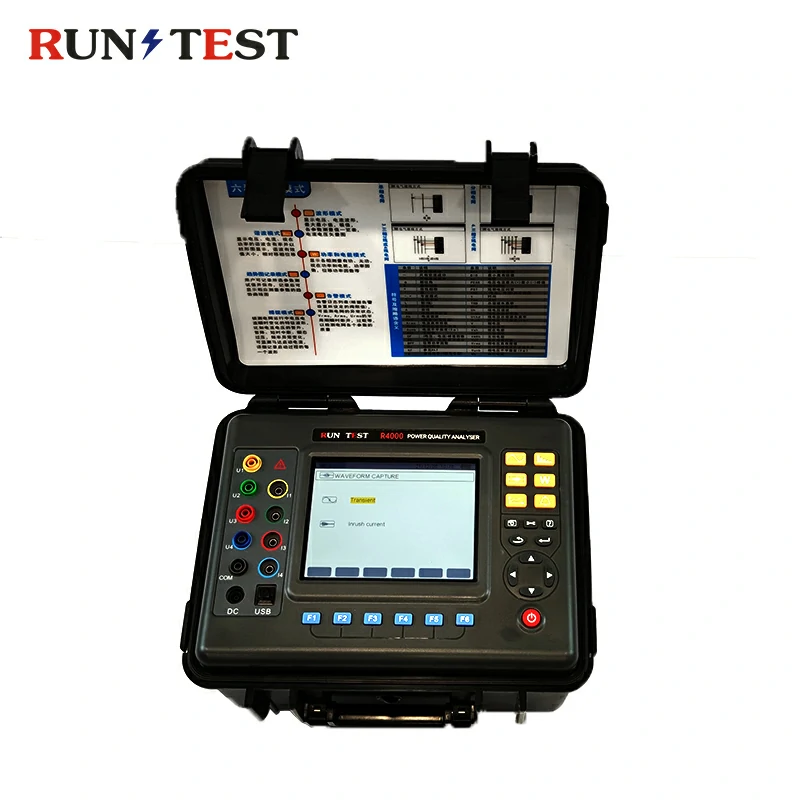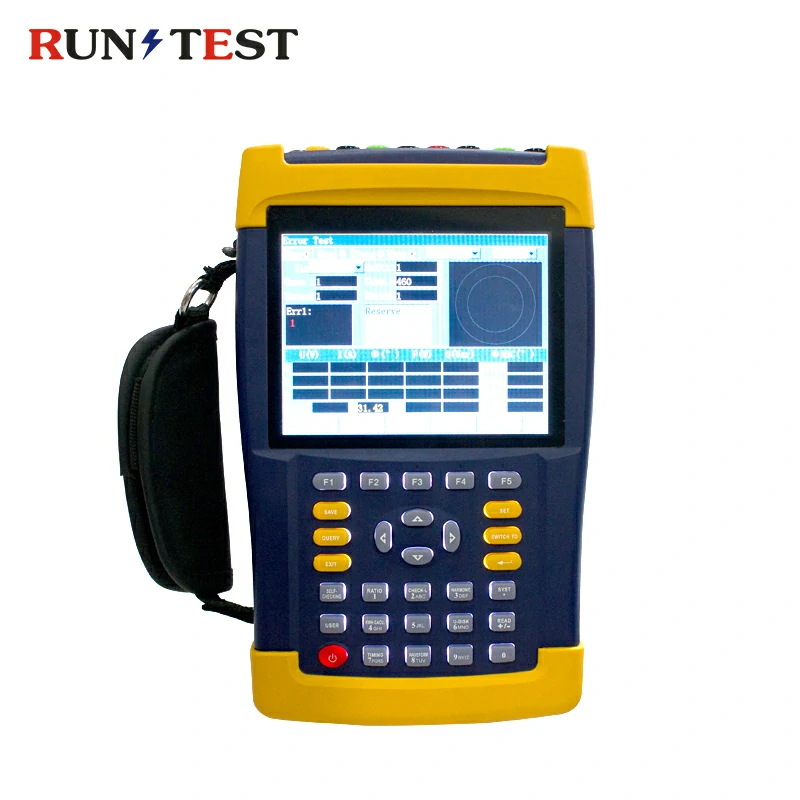power quality analyzer
A power quality analyzer (PQA) is a sophisticated instrument designed to measure and analyze the quality of electrical power in an electrical system. It helps to identify and diagnose power quality issues, such as voltage sags, surges, harmonics, transients, and other disturbances that can affect the performance and reliability of electrical equipment. These analyzers are crucial in both industrial and commercial settings to ensure that the electrical system operates within acceptable parameters and to avoid damage to sensitive equipment or operational disruptions.
-

Portable 3 Phase Electric Digital Power Quality Analyzer
-

Handheld Power Quality Harmonics Analyzer Three-Phase Power Quality Analyzer
-

Handheld 3 Phase Electric Power Quality Analyser
Key Functions and Features of a Power Quality Analyzer:
- Measurement of Electrical Parameters:
Voltage and Current: PQAs measure voltage and current waveforms to determine if they remain within specified limits. Any deviations in voltage (over-voltage, under-voltage) or current (over-current) can cause equipment malfunction or damage.
Frequency: PQAs monitor the frequency of the electrical supply to ensure it stays within the standard range (typically 50 or 60 Hz depending on the region). Frequency deviations can indicate issues like load imbalances or generator problems.
Power: PQAs measure real power (active power, measured in watts), reactive power (measured in VARs), and apparent power (measured in VA). These help assess how efficiently energy is being used.
- Harmonics Analysis:
PQAs are capable of measuring harmonics, which are voltage or current distortions caused by non-linear loads (e.g., computers, LED lights, variable frequency drives, etc.). Harmonics can lead to overheating of electrical components, equipment failure, and system inefficiencies.
They can analyze harmonic content across different orders (e.g., 2nd, 3rd, 5th harmonic, etc.) and provide insight into their impact on the system.
The analyzer displays harmonic distortion in terms of total harmonic distortion (THD), a key indicator of power quality.
- Voltage Sags and Swells:
A voltage sag (dip) is a short-term reduction in voltage, often caused by large equipment starting up or faults on the supply line.
A voltage swell is a temporary increase in voltage, which can occur during a load reduction or when a large motor or inductive load shuts down.
PQAs capture and record these events, measuring their duration and magnitude, to assess their impact on sensitive equipment.
- Transients and Surges:
Transients are brief, high-amplitude spikes in voltage caused by events like lightning strikes, switching of large inductive loads, or faults in the electrical network. These can damage electrical components.
PQAs capture these short-duration disturbances to help in diagnosing the root cause of equipment malfunctions or failures.
- Power Factor Measurement:
Power factor is a measure of how efficiently electrical power is being used. It is the ratio of real power to apparent power.
A poor power factor (less than 1) indicates inefficient energy use, which can result in higher energy costs and overloading of the electrical system. A PQA can measure and provide insights on power factor correction.
Power quality analyzers are essential tools for diagnosing and maintaining the quality of electrical power in a wide range of applications. By measuring parameters like voltage, current, harmonics, power factor, and disturbances, these analyzers help ensure the stability, efficiency, and longevity of electrical systems. They are vital for industries, power generation, commercial facilities, and utilities to detect and address power quality issues, thereby preventing equipment damage, reducing downtime, and improving energy efficiency.
